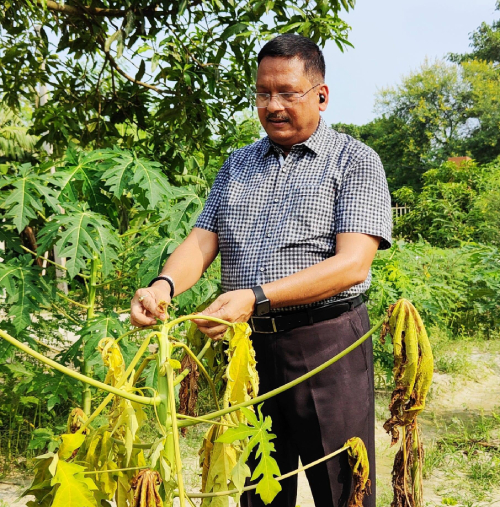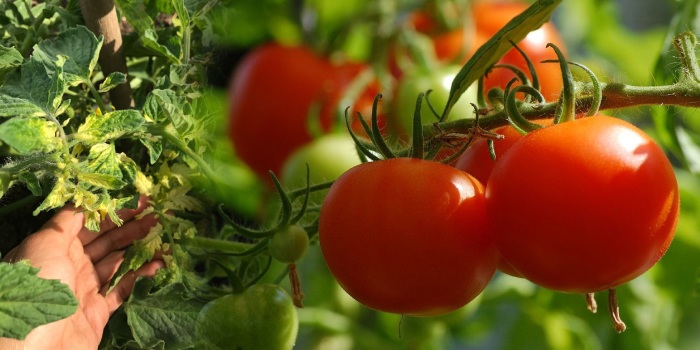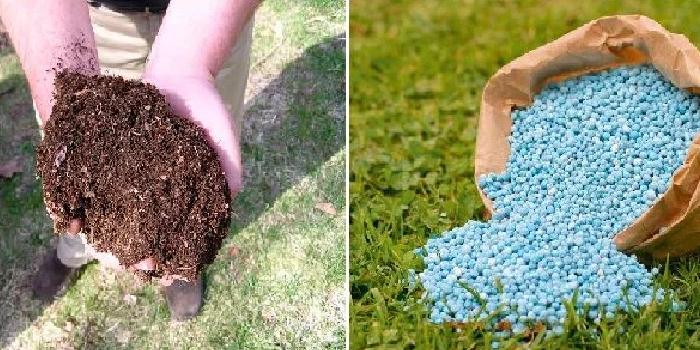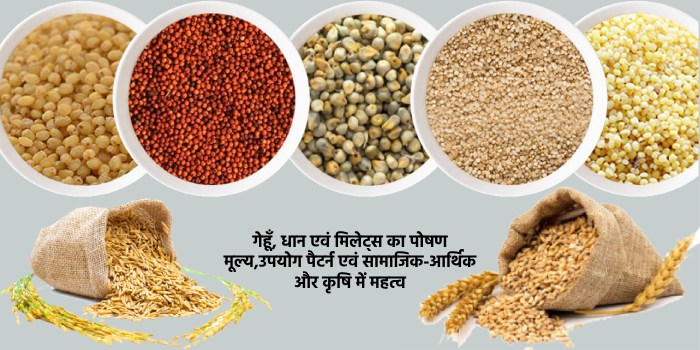
|
Livestock Contribution to the Indian Economy Mohit Kumar Mussaddi1, Sanjay Dutt Gahtori2 and Nitu Kumari3
|
|
|
|
Animal husbandry is an integral component of Indian agriculture supporting livelihood of more than two-thirds of the rural population. Animals provide nutrient-rich food products, droughts power, dung as organic manure and domestic fuel, hides and skin and are regular source of cash income for rural households. |
Livestock sector in an important subsector of the agriculture of Indian economy. Livestock production and agriculture are intrinsically linked, each being dependent on the other, and both crucial for overall food security and the economy of India.
The total livestock in India:
|
S.NO. |
Name |
2012 (Mn population) |
2019 (Mn population) |
Mn population increase/decrease |
|
1. |
Cattle |
190.90 |
102.49 |
0.83% |
|
2. |
Buffalo |
108.70 |
109.85 |
1.06% |
|
3. |
Sheep |
65.07 |
74.26 |
14.13% |
|
4. |
Goat |
135.17 |
148.88 |
10.14% |
|
5. |
Pig |
10.29 |
9.06 |
-12.03% |
*The above data was given by the govt. of India in October 2019.
Livestock’s are linked closely with crop production. This is more strongly linked to smaller land holdings. The average number of animals per 100 households is 198 bovines and 85 ovines.
Distribution of land and livestock holdings in India, 1992
|
|
Landless (<0.002 ha) |
Marginal (0.002 -10 ha) |
Small (1.0 -2.0 ha) |
Medium (2.0 - 4.0 ha) |
Large (> 4 ha) |
All |
|
% households |
21.8 |
48.3 |
14.2 |
9.7 |
6.0 |
100.0 |
|
Distribution of land % share |
0.0 |
15.5 |
18.6 |
24.2 |
41.7 |
100.0 |
|
Size of holding (ha) |
0.0 |
0.2 |
1.4 |
2.7 |
7.5 |
1.1 |
|
Distribution of livestock population (%) Bovine Ovine Poultry Pig |
2.5 5.1 6.4 7.7 |
43.8 46.2 54.9 49.9 |
23.3 19.3 19.0 20.4 |
17.7 15.0 14.4 19.3 |
12.7 14.4 5.3 8.1 |
100.0 100.0 100.0 100.0 |
|
Size of livestock holdings (no/100 households) Bovine Ovine Poultry Pig |
23 20 49 1 |
180 81 189 4 |
324 115 223 6 |
361 131 247 6 |
418 201 147 6 |
198 85 167 4 |
Source: Govt. of India, National Sample Survey Organization, Land and Livestock Holdings.
Contribution National Income: The livestock sector accounted for about 23% of agriculture gross domestic product (GDP) in 1997-98. This has increased gradually from 4% in 1980 - 81. On the other hand, the agriculture sector the GDP decreased 35% in 1980 - 81 to 6% in 1997 - 98. The agriculture sector has grown as faster rate than the crop sector. Their respective annual rates of growth in GDP from livestock and agriculture are about 7.3% and 3.1%.
Livestock Production: All India Coordinated Research Project (AICRP) on goat improvement covered 13 tribal villages and contributed for a better livelihood security for tribal people as goats are major sources of income to poor people in tribal areas and north eastern regions.
Milk Production: In the year 2016-17 and 2017-18 the production of milk was 165.4 m. tones andM175.65 m. tones respectively. It shows the annual growth of the production of milk is 6.62%. In the year 2017-18 around 375 gm of milk per day, per capita was available. India ranks 1st in the production of milk (176.30tonnes).
Egg Production: Poultry production has taken a quantum leap in the last four decades emerging from an unscientific farming practice to commercial production system with state of art technological interventions. In egg production India is 3rd in the world.
Meat Production: Meat sector plays an important role in Indian economy as it not only provides meat and byproducts for human consumption but also contributes towards sustainable livestock development, employment, developed secondary industries and livelihood security for millions of men and women from weaker section.
Meat production in the beginning of Twelfth Plan (2012-2013) was 5.95 million tones which further increased to 7.7 million tones in2017-2018.
Fisheries Production: The country has vast potential for fisheries in view of long coastline water resources. During 2017-18, India exported ₹13, 77,244 tones fish and fisheries productsworth₹45,106.89 crore. In the year 2017-18 India produced 12.61 metric tons offish and got the 2nd position in the world for the production of fish.
Fiber and Skins: The livestock also contributes to the production of wool, hear, hides, and pelts. Leather is the most important product which has a very high export potential. India is producing about 41.5 million kg of wool per annum during 2017-18.
- India is the 2nd in the population of goats – 148.88 million goats.
- India is the 3rd in the population of sheep (74.26 million) in the world.
- India is in the 10th position in camel population in the world – 2.5lakhs.
Income or Economic Contribution: Even at low productivity and off-take rates, livestock contribute significantly to economic development and as a source of subsidiary income for many families.Useofmanurecontributestoagriculturalsustainabilityandconservationoftheenvironment. Using drought animal power helps to save on-renewable energy such as petroleum. Livestock provides raw materials for industries. Livestock act as a storehouse of capital and an insurance against crop failure. The animals also serve as moving banks and asset which provide economic security. Livestock help improve income distribution to the farmers.








